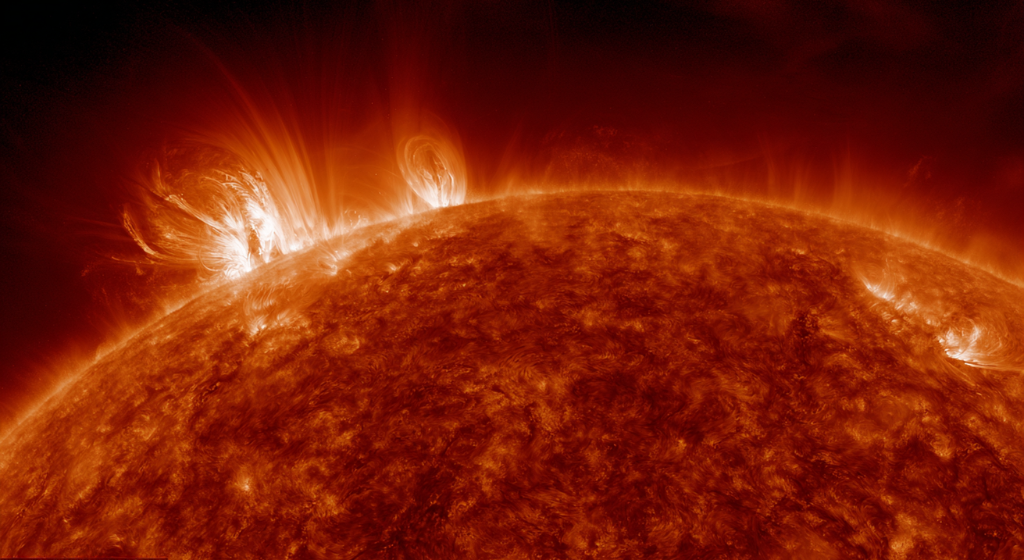
NASA’s new Surya AI foundation model, trained on 15 years of Solar Dynamics Observatory data, surpasses existing benchmarks in solar flare forecasting and offers open-source tools to help safeguard satellites, power grids and astronauts from space weather threats. (Source: Image by RR)
NASA And IBM Collaborate On Advanced Heliophysics AI Tool
NASA has unveiled Surya, a groundbreaking AI foundation model trained on nearly a decade of solar data to forecast space weather with unprecedented accuracy. According to an article in science.nasa.gov, Surya was built in partnership with IBM and academic collaborators, and leverages continuous observations from the Solar Dynamics Observatory to predict solar flares and eruptions—phenomena that threaten satellites, power grids, and communications. By generating visual forecasts of solar flares up to two hours in advance, the model marks a 16% improvement over previous benchmarks and could transform how scientists monitor the Sun’s turbulent behavior.
Unlike conventional AI approaches, Surya’s architecture learns directly from raw solar data, allowing it to adapt quickly across heliophysics applications. Its training drew from high-resolution images of the Sun captured every 12 seconds for 15 years, including ultraviolet, extreme ultraviolet, and magnetic field maps. This massive dataset, spanning an entire solar cycle, gave the AI a uniquely stable record to detect subtle patterns in solar activity. Surya’s versatility extends beyond flare prediction, with potential applications in forecasting solar wind speed, tracking active regions, and integrating data from other missions such as Parker Solar Probe and SOHO.
The stakes for improving solar forecasting are high, as space weather poses growing risks to a technology-dependent society. Powerful eruptions can disrupt GPS, airline communications, and satellite operations, while coronal mass ejections may overload power grids. Astronauts on lunar and Martian missions could be exposed to lethal radiation without timely warnings. Surya’s predictions could also help mitigate satellite drag from solar-induced atmospheric heating—a rising concern as low Earth orbit fills with communications constellations. NASA officials liken the effort to meteorology for space, aiming to give society early-warning tools against invisible but powerful solar storms.
NASA is making Surya openly available, reflecting a broader push toward AI-driven science. The model is hosted on HuggingFace, with source code on GitHub, inviting scientists, educators, and developers worldwide to build on its capabilities. Supported by the NSF-led National AI Research Resource Pilot and bolstered by computing contributions from NVIDIA, Surya demonstrates how federal and industry partnerships can accelerate discovery. While designed for heliophysics, NASA envisions Surya’s foundation model approach as a template for AI-driven breakthroughs in planetary science, Earth observation, and beyond.
read more at science.nasa.gov







Leave A Comment